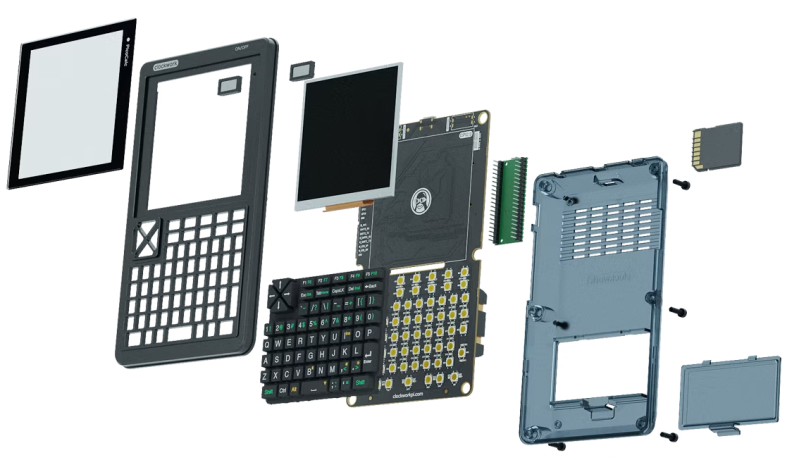We would be remiss if we didn’t address the X Distributed Denial of Service (DDoS) attack that’s been happening this week. It seems like everyone is is trying to make political hay out of the DDoS, but we’re going to set that aside as much as possible and talk about the technical details. Elon made an early statement that X was down due to a cyberattack, with the source IPs tracing back to “the Ukraine area”.
The latest reporting seems to conclude that this was indeed a DDoS, and a threat group named “Dark Storm” has taken credit for the attack. Dark Storm does not seem to be of Ukrainian origin or affiliation.
We’re going to try to read the tea leaves just a bit, but remember that about the only thing we know for sure is that X was unreachable for many users several times this week. This is completely consistent with the suspected DDoS attack. The quirk of modern DDoS attacks is that the IP addresses on the packets are never trustworthy.
There are two broad tactics used for large-scale DDoS attacks, sometimes used simultaneously. The first is the simple botnet. Computers, routers, servers, and cameras around the world have been infected with malware, and then remote controlled to create massive botnets. Those botnets usually come equipped with a DDoS function, allowing the botnet runner to task all the bots with sending traffic to the DDoS victim IPs. That traffic may be UDP packets with spoofed or legitimate source IPs, or it may be TCP Synchronization requests, with spoofed source IPs.
The other common approach is the reflection or amplification attack. This is where a public server can be manipulated into sending unsolicited traffic to a victim IP. It’s usually DNS, where a short message request can return a much larger response. And because DNS uses UDP, it’s trivial to convince the DNS server to send that larger response to a victim’s address, amplifying the attack.
Put these two techniques together, and you have a botnet sending spoofed requests to servers, that unintentionally send the DDoS traffic on to the target. And suddenly it’s understandable why it’s so difficult to nail down attribution for this sort of attack. It may very well be that a botnet with a heavy Ukrainian presence was involved in the attack, which at the same time doesn’t preclude Dark Storm as the originator. The tea leaves are still murky on this one.
Continue reading “This Week In Security: The X DDoS, The ESP32 Basementdoor, And The CamelCase RCE”














